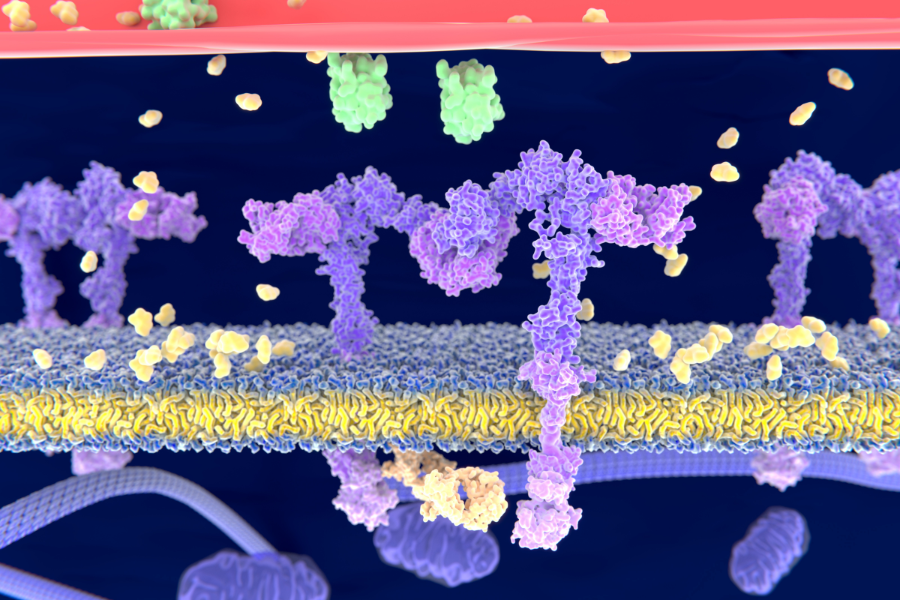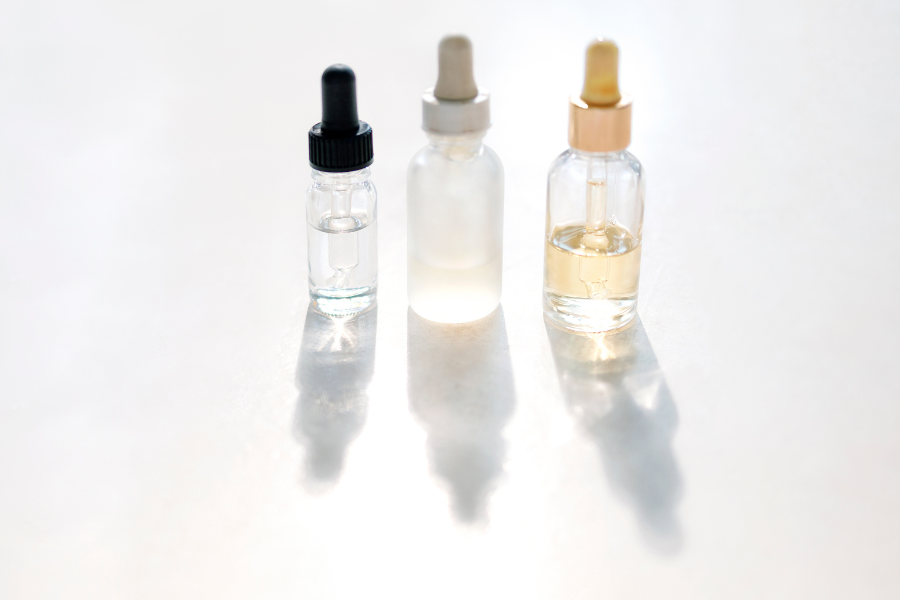What we Love About MIF-1 & P22-28
An alternative to prescription anti-depressants housed with side effects such as bloating, weight gain, and ED/erectile dysfunction (men) and HSSD/Hypoactive Sexual Desire Disorder in Women. It was reported recently that 73% of people quit SSRI’s such as Prozac, Lexapro, Effexor and Cymbalta (and all the others in this class of medication) due to these exact side effects. MIF-1 with P22-28 offers a solid alternative to these antidepressants with minimal to no side effects. Not only this, but the idea of utilizing these and getting the results combined with anti-aging benefits in the brain make this an incredibly undervalued peptide stack. [ LINK TO MIF-1 and P22-28 Direct Pages ]
Overview of MIF-1 combined with P22-28:
MIF-1 and P22-28 are very potent peptides on their own, but when combined they may offer significantly more potent effects. These peptides have different effects on the body, for example, MIF-1 can help with stress and mood, while P22-28 protects our brain cells. But when combined, could they treat some more severe mental health conditions like depression? Let’s take a closer look at how these peptides work, what benefits they might bring, and whether they’re safe to use.
Stacking Peptides
Peptide stacking involves combining two or more peptides to create a synergistic effect aimed at enhancing their effectiveness. Each peptide has unique properties, and when combined, they can offer a comprehensive approach to health and wellness. People use peptide stacks for various purposes, such as muscle growth, fat loss, endurance, improved cognitive function, and anti-aging. However, bear in mind that stacking should be left for those who have prior experience with peptides they want to include in their cycle.
Understanding MIF-1 and P22-28
MIF-1 (Melanocyte-Stimulating Hormone Release Inhibitory Factor-1) is a naturally occurring peptide initially discovered for its role in modulating the release of melanocyte-stimulating hormone (MSH) in the brain. Beyond its primary function, MIF-1 has been implicated in regulating mood, stress response, and cognitive function.
P22-28 is a fragment derived from the larger peptide known as adrenocorticotropic hormone (ACTH). It exhibits neuroprotective properties and has shown potential in improving memory and cognitive function. P22-28 is believed to exert its effects by interacting with receptors in the brain associated with learning and memory.
The Synergistic Effect of Combined Peptides MIF-1 and P22-28
It is thought that the synergistic actions of MIF-1 and P22-28 together would enhance the corresponding benefits. MIF-1 mainly targets stress response and mood control, whereas P22-28 concentrates on neuroprotection and cognitive improvement. When combined, they provide a strong combination that may provide all-encompassing support for the health and function of the brain.
Benefits
Here are some of the most notable benefits of combining MIF-1 and P22-28:.
1. Enhanced Cognitive Function: The combined action of MIF-1 and P22-28 may lead to improved memory, focus, and cognitive clarity. By modulating neurotransmitter activity and promoting neuroplasticity, these peptides could support optimal brain function.
2. Mood Regulation: MIF-1’s influence on mood and stress response, coupled with P22-28’s neuroprotective properties, may contribute to a more balanced emotional state and resilience to stressors.
3. Neuroprotection: P22-28’s ability to protect neurons from damage and degeneration could have far-reaching implications for neurodegenerative diseases and age-related cognitive decline.
Can MIF-1 and P22-28 Fight Depression?
With depression affecting millions worldwide and existing treatments often falling short, the prospect of a novel, synergistic approach offers hope for those in need. Combining these two peptides may be beneficial for mental health as both of these substances are speculated to be potential remedies for depression on their own.
According to studies, PE-22-28 alone has demonstrated great potential to alleviate depression in mice in just a couple of days without any adverse reactions. By combining it with MIF-1 the effects against depression may be more rapid and successful, although more research on this specific combination is required to determine these claims.
Is this Combination Safe?
Both peptides are considered to be safe with minimal to no side effects. MIF-1 and PE-22-28 are naturally produced in the body and as such have a lower likelihood of adverse reactions. However, it’s worth noting that there are not many clinical studies that address the safety of combining these peptides, therefore it’s important to be cautious and monitor how your body responses.
The Future of Peptide Therapy
As research in peptide therapy continues to advance, the future promises exciting prospects. Developments in peptide development, delivery methods, and customization of peptide protocols are expected. With ongoing discoveries, peptide therapy has the potential to revolutionize various aspects of healthcare, providing personalized solutions for individuals’ specific health concerns.
It’s important to keep in mind that research on MIF-1 and P22-28 combined peptides is still in its early stages, although preliminary studies and anecdotal reports suggest promising results. Future research may focus on elucidating the precise mechanisms of action, optimizing dosing regimens, and exploring potential therapeutic applications in conditions such as Alzheimer’s disease, depression, and anxiety disorders.
Conclusion
The combination of MIF-1 and P22-28 represents a fascinating intersection of neuroscience and peptide therapeutics, offering a multifaceted approach to optimizing brain health and cognitive function. While further research is needed to fully understand its potential benefits and applications, the synergy between these peptides holds considerable promise for the future of cognitive enhancement and neuroprotection. Hopefully, we will see more studies in the future that will explore this interesting combination in greater detail.
FAQ
How do MIF-1 and PE-22-28 interact?
The combination of MIF-1 and PE-22-28 may enhance neuroprotection and promote synaptic plasticity by modulating neurotransmitter systems.
Can MIF-1 and PE-22-28 be used together as an antidepressant?
While not yet established, their combined use could offer a novel approach to treating depression. Further research is needed.
Could MIF-1 and PE-22-28 be used in neurodegenerative diseases?
Their neuroprotective properties make them potential candidates for conditions like Alzheimer’s and Parkinson’s disease.
Are there any drug interactions between MIF-1 and PE-22-28?
Currently, no significant interactions are reported. However, caution is advised until more data is available.
Can MIF-1 and PE-22-28 cross the blood-brain barrier independently?
MIF-1 has better blood-brain barrier permeability than PE-22-28. Combining them may enhance brain delivery.
Get Started, Book a Free Consultation
Book a free 20-minute consultation to learn more about how this peptide can help you.




